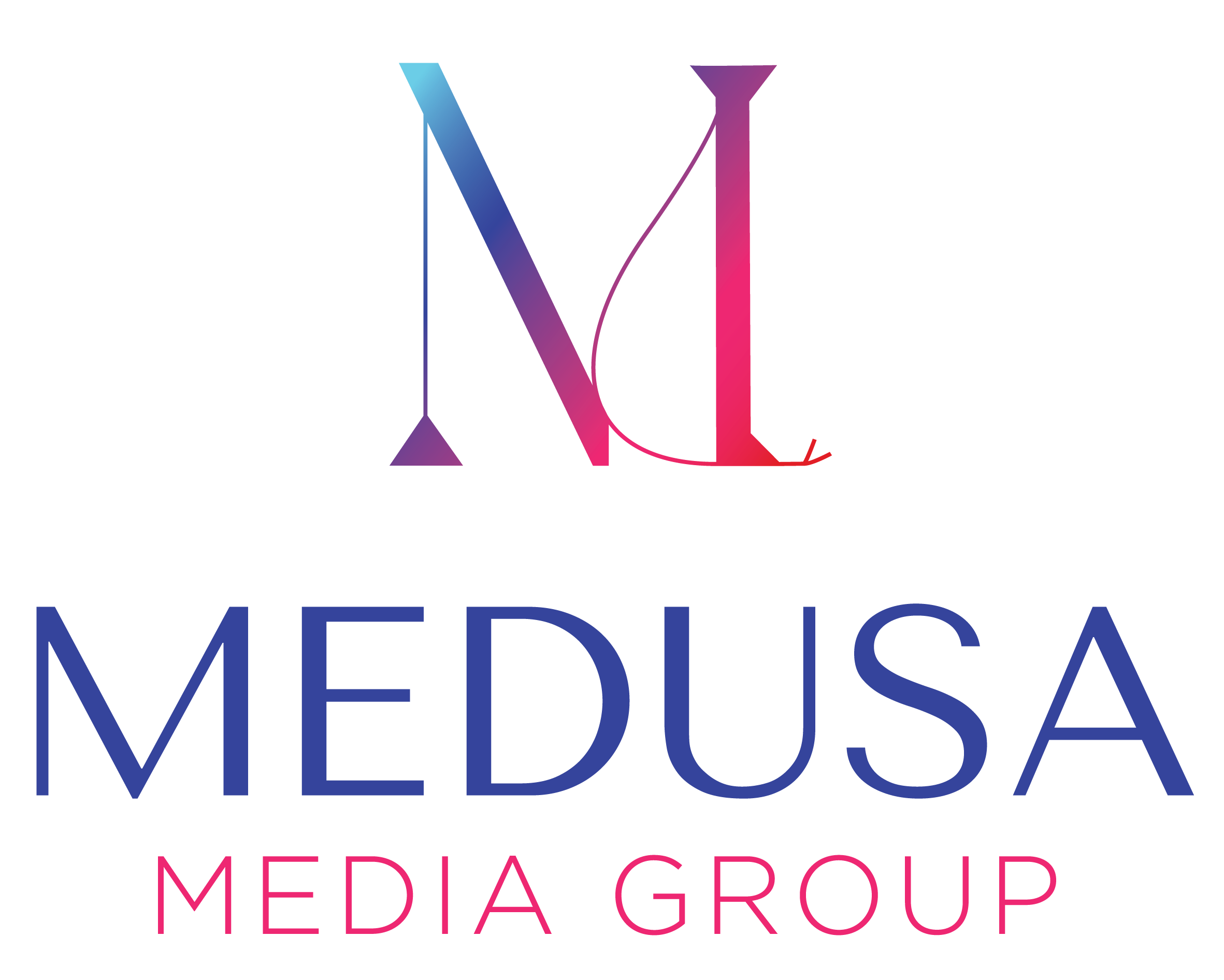
Midway through earning my Gender and Women’s Studies degree, I read The Chalice and the Blade by Riane Eisler. A fascinating and hopeful book about human social systems, Eisler argues that the gender hierarchy is the original inequality, before racism, classism, homophobia, transphobia, fatphobia, and the like.
This made sense to me at the time. What more basic delineation can you draw between humans than biological sex? (Note: I had a lot to learn about the gender spectrum!)
Unfortunately, I drew an erroneous and flawed conclusion from Eisler’s point: that sexism is the most fundamental injustice to challenge.
Why Eradicating Sexism Isn’t Enough
That’s wrong. Sexism isn’t a vacuum. The vast majority of women on earth experience gender discrimination AND a host of other types of discrimination. The vast majority of women have intersecting identities — race, social class, sexual orientation, neurological differences, physical abilities — that impact them daily. Their experience of sexism is inextricable from their experience of other “isms.”
Injustices must be challenged in tandem, because they are not separate.
The protests and activism galvanized by the murders of Ahmaud Arbery, Breonna Taylor, George Floyd, and countless others make it abundantly clear: there is no justice unless there is racial justice.
Black women have known this for hundreds of years. But there’s an ugly history in the United States of white women dismissing the intersecting inequalities faced by Black, Indigenous, and People of Color (BIPOC). There’s an ugly history of white women excluding women of color from feminist activism and ignoring injustice unless white women’s specific rights were at stake.
It is long past time for a reckoning on racism and white supremacy.
Anti-Racist Communications for Women Leaders
What does this have to do with communications and women helping women and social media?
Everything.
Gender justice cannot be compartmentalized. Our commitment ending gender discrimination is hollow if we’re not equally committed to ending racial discrimination and white supremacy.
That is why I’m making changes in my company to ensure that we make anti-racism a priority in everything we do. These changes will impact the work we do and deliver to our clients.
We are committed to the following in our business practices and relationships to ensure that anti-racism is forefront in our actions:
Practices
We are committed to the following practices in our business and the work we deliver to our clients:
- Always curating content for our clients that is produced by Black, Indigenous, and People of Color (BIPOC)
- Featuring people of color in the imagery we source for our clients, encouraging our clients to choose that imagery
- Supporting our clients to ensure they are following, engaging with, and amplifying the voices of BIPOC in their industries
- Including a Diverse Voices section in all of our client meetings to brainstorm and workshop ways each client can include anti-racism in their communications
- Buying Black as much as possible, e.g. client gifts and professional services
- Donating 1% of profits every quarter to a nonprofit serving or lead by Black women
Relationships
We are committed to the following in our relationships with our clients, our audience, and our team:
- With People of Color: if we make mistakes as a company or do anything that makes you uncomfortable, you can tell us and we will listen. We won’t get defensive or gaslight you.
- With white people: you don’t have to understand more than you do. If you don’t understand a term, or how white supremacy works, or how to be a better ally, let’s talk about it. It’s important for us to be open about anti-racism and not hide in awkwardness.
We are all being called to act. To decide what kind of person, business owner, and leader we choose to be.
It is my hope to build a premier anti-racist communications consultancy for leaders in the women helping women economy. Thank you for being part of it.
Special thanks to Melia Jannotta and my assistant content manager Toya Coleman for edits. Featured image by Nathan Dumlao.





